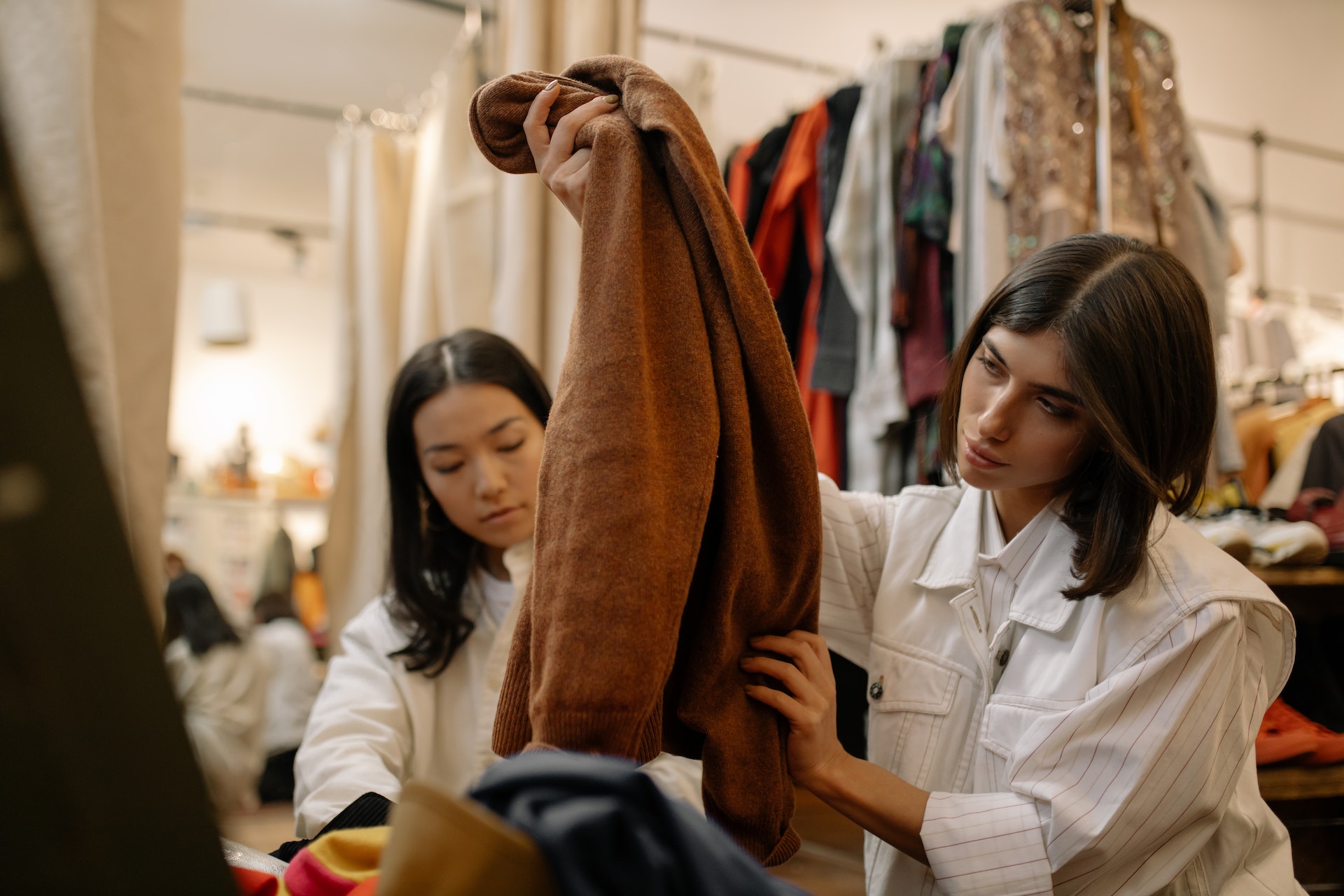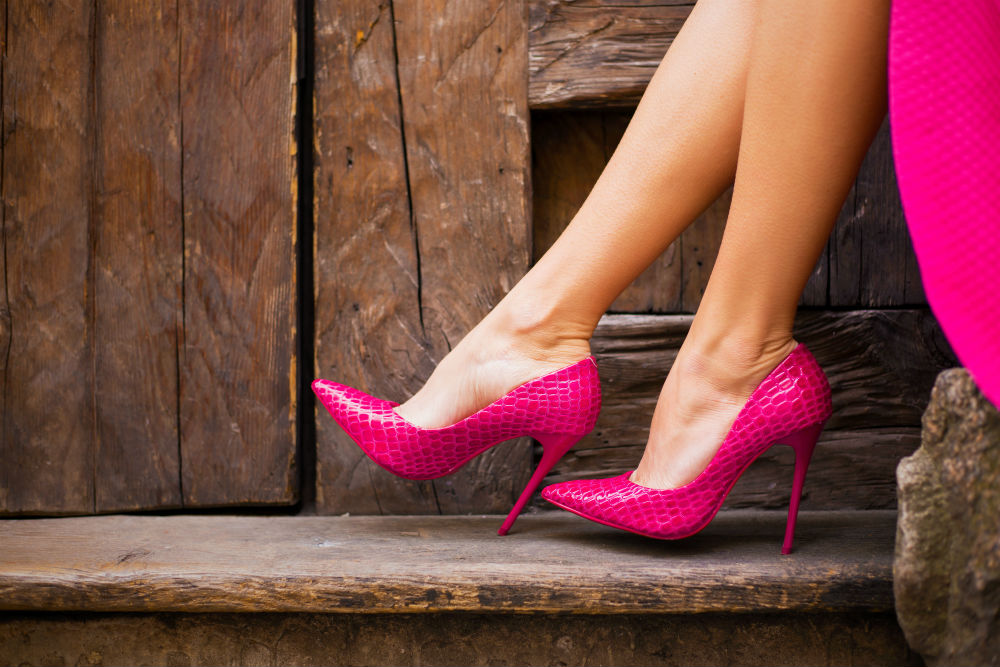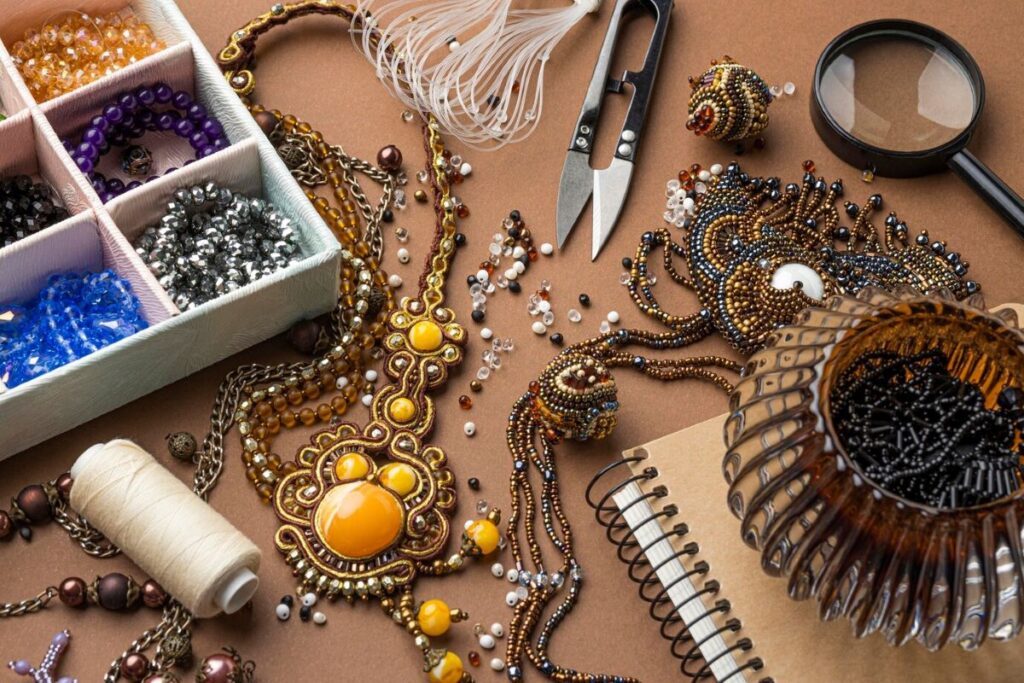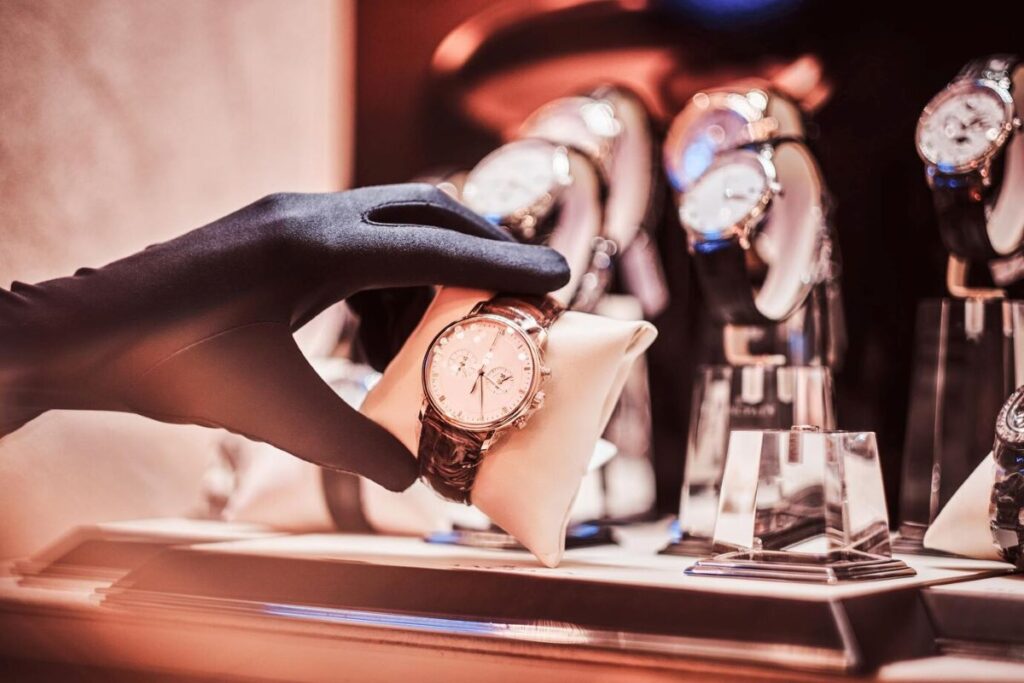Fashion has always evolved over time, and although some trends may come and go, high heels have consistently proved their staying power. Over the years, they have taken many different shapes, heights, and fabrics. Modern interpretations include the iconic red soles of Christian Louboutin’s or the studded straps of Valentino, or a great pair of Jimmy Choo’s. Heels are also linked through pop culture; for example, Manolo Blahnik pumps referenced in the popular television show Sex and the City, or Dorothy’s iconic red shoes in The Wizard of Oz. A great pair of heels can take you from the boardroom to the dance floor, but they’re more than just an average piece of footwear. Their history shows their importance, not only to fashion and style, but also to function as well.
They have quite the history dating back to the 15th century with soldiers in Persia, who used heeled shoes to be more secure in stirrups when on horseback. Originally created for men, the heeled shoe eventually made its way to Europe, continuing to evolve specifically within the courts of Louis XIV, King of France, as a way for men to appear taller and as a symbol of prestige in the 1600s. Though currently Christian Louboutin has the modern interpretation on the iconic red soled heel, it actually started in the French royal court. These red soles visually displayed who the wealthy and powerful members of the aristocracy were, and thereby denoted status.
In the early 1800s in Europe, the height and structure of heels shifted again, moving towards versions that were lower in height, and more wedged in shape. However, such heels fell out of popularity around 1810. By the time the 1850s rolled around, women’s high heels were starting to gain traction and popularity, with trending heel heights of 2 inches or more. Heeled shoes during this time often had buckles or ribbons, and usually consisted of a combination of wood, fabric, and leather materials. Low cut, slip-on heeled shoes were gaining in popularity as well.
The early 1920s and 1930s showed new designs in British styles which gained in popularity with cut out straps, or rounded or peep toes, sometimes with different hand-painted designs, colours, or other effects. Clothing fashion choices continued to evolve and change, such as shorter hemlines and sleeker designs, as did footwear choices. After World War II began in 1939, heels took on a much more practical turn. Overall heel heights were lower, and high heels shifted to very sturdy cork or wood wedge styles seen in previous centuries. After the war, due to more limited supplies and resources, heels were more muted in colour; with shoes made of low-grade leather and rubber. In the post-war years, some of the more popular elements of the 1930s slowly transitioned back into popular shoe fashion.
In the late 1940s, Italian and French shoe designers in the fashion world focused on extremely narrow high heels with pointed ends. In fact, they were so narrow that steel was used to stop the heel from breaking. Though the jury is still out on who created the iconic stiletto first, one of Christian Dior’s designers, Roger Vivier, in or around 1955, is often given credit for the stiletto.
The early 1960s saw a resurgence of lower, thicker heels, ankle straps, and a change in materials from leather to more synthetic or plastic options, along with a greater variety of colours. By the late 1960s and into the 1970s, sky-high platform shoes were seen on music superstars David Bowie and Elton John. Heels were often made of leather, synthetic fabrics, canvas, or suede. The 1980s brought back the stiletto, often with thin straps, reinventing it as a glamorous option for powerful women, made popular by shoe designer Manolo Blahnik, and often using bright colour combinations. The 1990s brought in many different fashion choices (some of which are now coming back around in this decade!), but pin-thin stilettos from the 80s made way for chunky heels and heeled booties that were certainly on trend at the time. The early aughts saw platform slides and kitten heels emerge, with no shortage of colours to choose from.
With regards to what’s next, only time will tell – but the history of high heels certainly puts into perspective that fashion is cyclical, and some really exciting options might just be teetering around the corner.
Stephanie Hawkins | Contributing Writer








